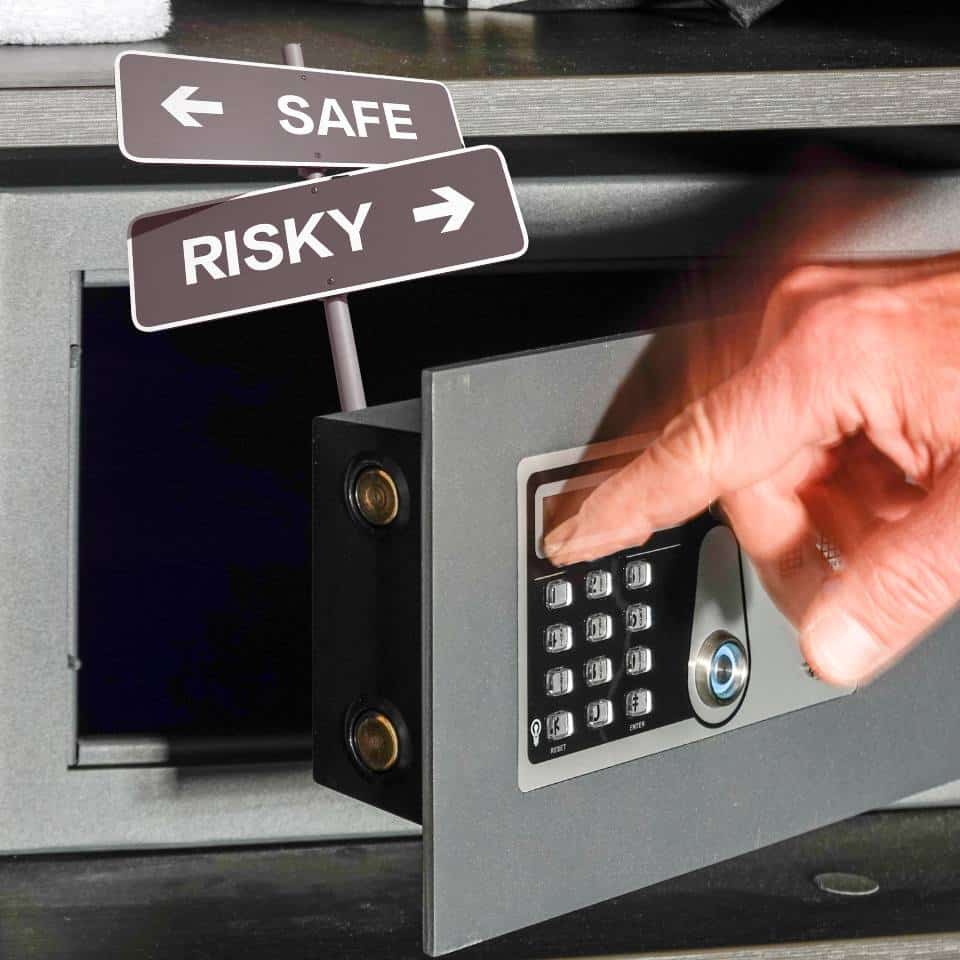Securing firearms in a passive and efficient way can be a keystone to enjoying one of the greatest tools that mankind has to offer. While the employment of safe and effective methods of safeguarding firearms has not counterbalanced the length of firearm history, we are fortunate enough to live in a time when customization keeps the tradition alive. By exploiting the wants and needs of the customer, the market for safes has never been better. The best part? Everyone wins. Safe creators and distributors get to have a more intimate relationship with the working desires of the customer and the consumers themselves can protect and employ their firearms in a manner consistent with their wishes and constraints. Seemingly gone are the days of being hamstrung by the “technological times.” Safety is not only expected, but stylish now more than ever.
Morgan Rogue provides a holistic approach to the issue of firearm security. While she humbly professes that her article does not provide an all-inclusive snapshot, everyone from “knows nothing” to “knows everything” would likely submit that this was one of the best places to start, and one of the best places to remember, when addressing safety concerns.
Space and locks are the crux of the game. Accommodating larger and more advanced safes, while attractive, may be superfluous to your needs; your needs are imperative in the name of rapid deployment and comfort. Is it an expeditious lifestyle that consumes your time? Or, are you settling into the next long chapter of your life? Choose wisely when considering safe sizes.
Insofar as locks, consider what you don’t know with all the advances of the age but also consider what you ultimately trust in spite of it. I believe that decisive action comes from the head as well as the heart, and whether you’re a lock-and-key person or you fly under the wings of the latest and greatest in tech, the choice is yours and no one else’s. Check out this article for all the examples you’ll ever need. ~IBR

When looking into the different types of firearm safes, you’ll see a few different locking mechanisms.
Electronic Lock
An electronic lock has a number pad which has a programmed code. When that code is entered, it opens the lock. The code comes pre-programmed, but can usually be easily changed.
Mechanical Lock
An example of a mechanical lock would be the spinning wheel. You spin the wheel certain ways and land on certain numbers in order to open the safe.
Biometric Lock
This type of lock typically uses your fingerprints to open the safe. You must program them into the safe, and it’s recommended to do that at least three times.
Project ChildSafe offers FREE gun locks. Head to its website, click on the “Get a free lock” on the main page, select your state and look for a participating law enforcement agency to receive your free firearm lock. While you’re there, don’t forget to check out its other educational resources for responsible gun ownership.
If this excerpt piqued your interest and you want to see the complete list of lock types and information on safe sizes, view the original post here. Be sure to familiarize yourself with the NSSF’s important program, Project ChildSafe.
The Women's Outdoor News, aka The WON, features news, reviews and stories about women who are shooting, hunting, fishing and actively engaging in outdoor adventure. This publication is for women, by women. View all posts by The WON